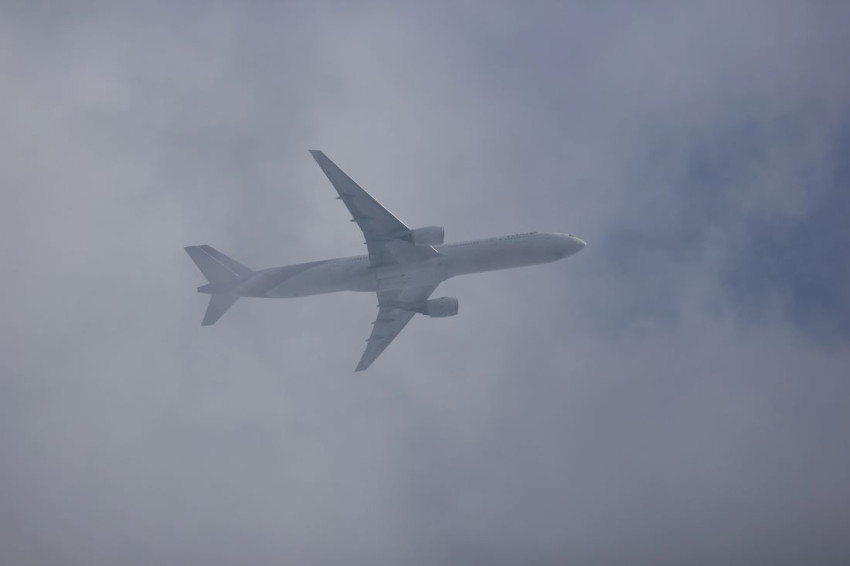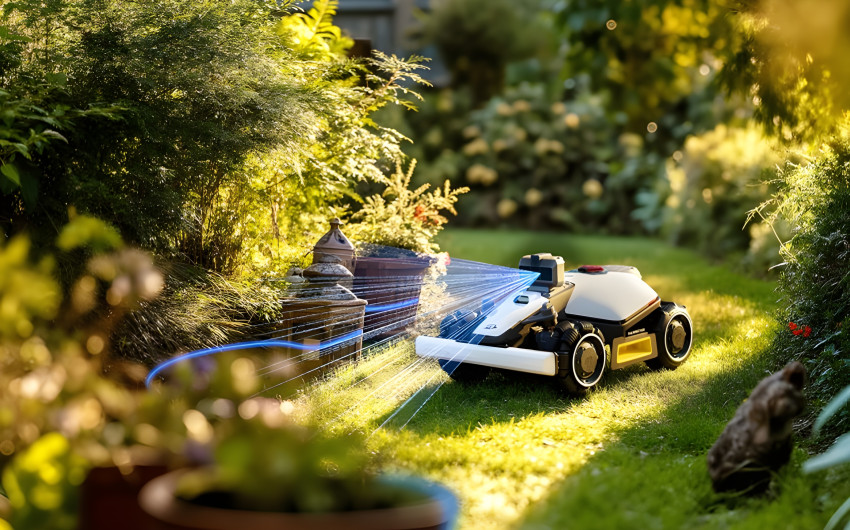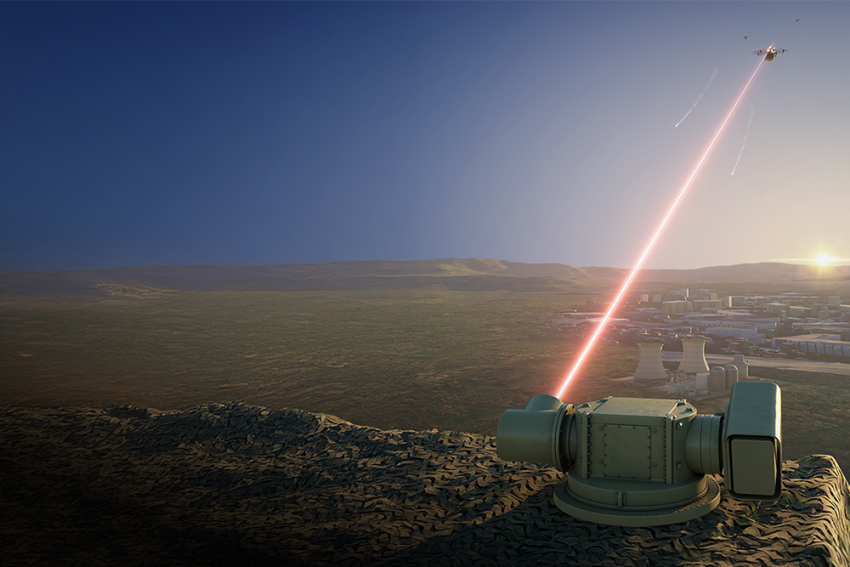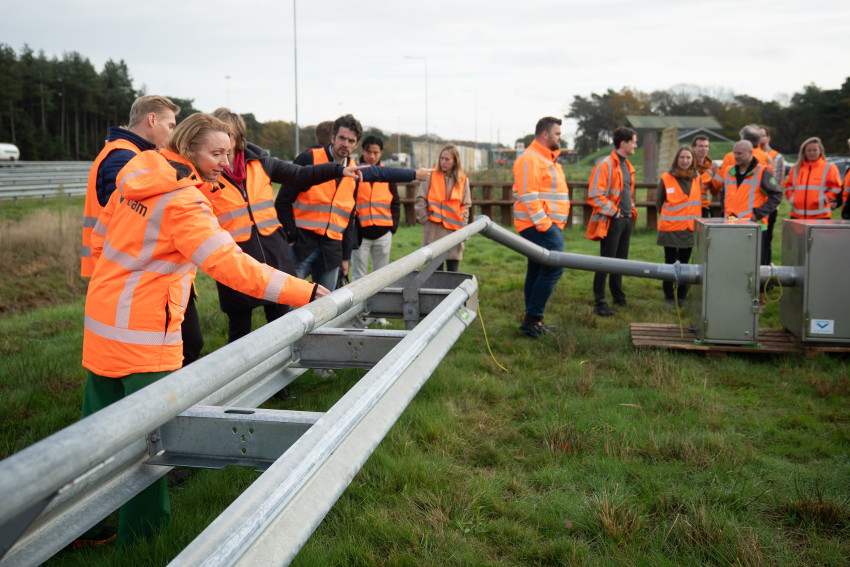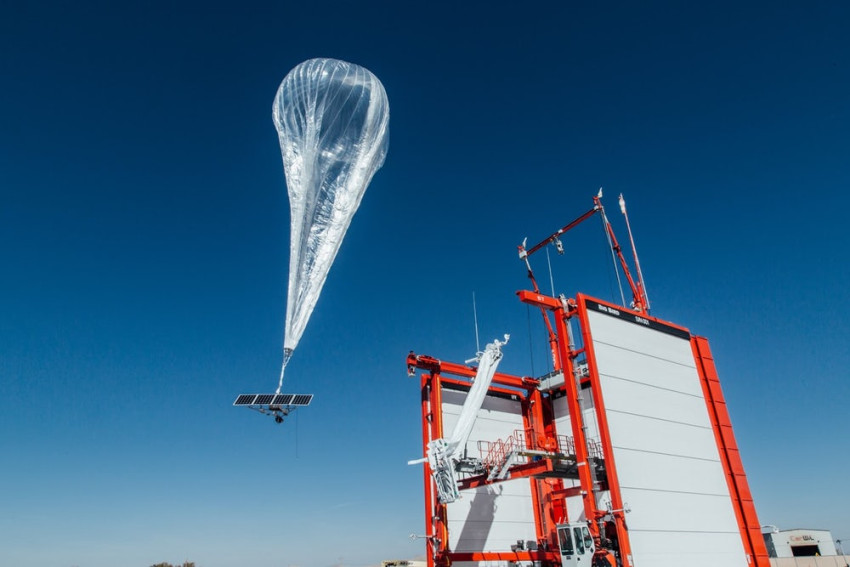
Balloons ensuring Puerto Rico has internet again
Project Loon (Google) is sending its balloons to Puerto Rico after it was battered by hurricane Maria, so people with mobile telephones can re-establish connectivity. This is the second time in a year that Project Loon has deployed aid to a disaster zone. Previously the balloons were used in Peru after it was badly hit by floods.
The idea is that a ground station with a robust internet connectivity can transmit and receive data to and from a balloon. This then establishes contact with a mobile telephone on the ground, as long as it is found within the balloon’s field of vision.
For this relief action for Puerto Rico, the Project Loon balloons ascend in Nevada, in the US, to an altitude of some 20 km. The balloons are then carried by the wind to Puerto Rico.
Ascending and descending
It sounds easier than it is in practice, as these balloons do not have any form of horizontal propulsion on board. They can ascend or descend, allowing the balloon to constantly adjust to an altitude dominated by winds that will carry it in the right direction.
Thanks to self-taught software, the Project Loon balloons are becoming increasingly adept at following the scheduled route. What's more, the Project Loon technicians have been occupied with this for years, and the balloons have covered millions of test kilometres. This allowed them to simultaneously gather information about air flows in the atmosphere.
Hanging out
The original idea was that a series of balloons would follow each other, travelling across a country, so that they could alternately provide a wireless data connection for a certain period of time. But to the great surprise of the engineers, last year they even managed to get the balloons to ‘hang out’ above land, as you can read in this blog post.
In Puerto Rico, the Project Loon engineers are working together with telecom company AT&T, which is providing the island's ground stations. The companies are, however, cautious about making any promises: they cannot offer any guarantees about how reliably or how long the balloons will be beaming the data earthwards.
‘This is the first time that we’re using our machine learning algorithms to cluster balloons above Puerto Rico, so we’re still learning how this can best be done’, as you can read in this Project Loon blog post. ‘We’ll learn more about the winds in this region and thus hope to maintain the balloons for longer periods above the areas that need internet the most.’
A matter of life and death
Earlier this year, the people from Project Loon were active in Peru, where heavy floods had disrupted the infrastructure. When the standard connection is down, this solution gives people the opportunity to use their telephone again. And that can be a matter of life and death in disaster zones.
Puerto Rico, a US territory, was hit in late September by the severe hurricane Maria, which devastated large swathes of the island. Much of the population is still without power. The US government was heavily criticised that it was doing too little to help the island. However, US companies have now come to the rescue, including Tesla, which sent hundreds of Powerwall batteries to the island for an emergency power supply.
Opening photo: A balloon soon after launch from the Loon base in Nevada. All images courtesy of Project Loon.


